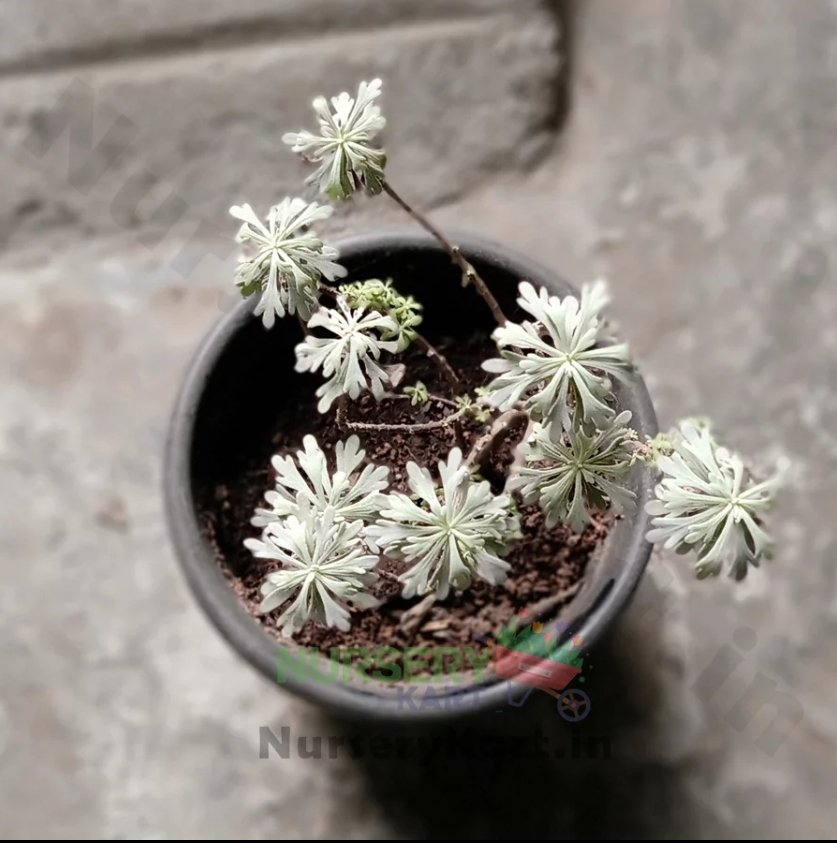Lavender (Lavandula) is a fragrant and beautiful herb commonly grown for its aromatic foliage and flowers. Here are some care tips to help you grow and maintain healthy lavender plants.
Lavender (Lavandula) is a well-loved and versatile plant known for its aromatic foliage and fragrant flowers. It is a member of the Lamiaceae (mint) family and is native to the Mediterranean region. Lavender has been cultivated and cherished for its scent, beauty, and various uses for centuries. Here are some key characteristics and information about lavender plants
Table of Contents
- 1 1. Aromatic Foliage and Flowers:
- 2 2. Growth Habit:
- 3 3. Flowering Season:
- 4 4. Varieties:
- 5 5. Culinary and Medicinal Uses:
- 6 6. Garden and Landscape Uses:
- 7 7. Essential Oil Production:
- 8 8. Pruning and Maintenance:
- 9 9. Hardiness:
- 10 10. Location:
- 11 11. Soil:
- 12 12. Watering:
- 13 13. Pruning:
- 14 14. Fertilizing:
- 15 15. Mulching:
- 16 16. Winter Protection:
- 17 17. Harvesting:
- 18 18. Pest and Disease Management:
- 19 19. Container Gardening:
1. Aromatic Foliage and Flowers:
Lavender is renowned for its aromatic leaves and vibrant purple, blue, or pink flowers.
The scent of lavender is often described as sweet, floral, and herbal, making it a popular choice for perfumes, sachets, and potpourri.
2. Growth Habit:
Lavender plants typically grow in compact, bushy mounds, with many slender stems covered in narrow, linear leaves.
Depending on the variety, lavender can range in height from 12 inches (30 cm) to 36 inches (90 cm).
3. Flowering Season:
Lavender blooms in late spring to early summer, producing spikes of small, tubular flowers that attract pollinators like bees and butterflies.
The flowers come in various colors, including shades of purple, blue, pink, and white.
4. Varieties:
There are many lavender species and cultivars, each with its unique characteristics.
Some popular lavender varieties include English lavender (Lavandula angustifolia), French lavender (Lavandula stoechas), Spanish lavender (Lavandula dentata), and Lavandin (a Lavandula x intermedia hybrid).
5. Culinary and Medicinal Uses:
Lavender is used in cooking and baking to add a subtle floral flavor to dishes and desserts.
In herbal medicine, lavender is believed to have calming and soothing properties. It is often used in teas, essential oils, and aromatherapy.
6. Garden and Landscape Uses:
Lavender is a favorite choice for gardeners, as it adds beauty and fragrance to gardens and landscapes.
It is commonly used in herb gardens, borders, rock gardens, and as edging plants.
Lavender can also be grown in containers, making it suitable for both large gardens and small spaces like balconies and patios.
7. Essential Oil Production:
Lavender essential oil is extracted from the flowers and is used in a wide range of products, including perfumes, soaps, and lotions.
The essential oil is also known for its potential therapeutic benefits, such as promoting relaxation and reducing stress.
8. Pruning and Maintenance:
Lavender benefits from regular pruning to maintain its shape and encourage new growth.
Pruning should be done after flowering, cutting back the spent flower spikes and shaping the plant.
9. Hardiness:
Lavender is generally hardy in USDA hardiness zones 5 to 9, depending on the variety. Some varieties may be more cold-tolerant than others.
10. Location:
– Lavender thrives in full sun, so choose a location that receives at least 6-8 hours of direct sunlight per day.
– Ensure good air circulation to prevent fungal diseases.
11. Soil:
– Lavender prefers well-draining, slightly alkaline soil with a pH level between 6.5 and 7.5.
– You can amend heavy or clay soils with sand or gravel to improve drainage.
12. Watering:
– Lavender is drought-tolerant once established, so it’s important not to overwater.
– Water deeply but infrequently, allowing the soil to dry out between waterings.
– Avoid overhead watering to prevent fungal issues; instead, water at the base of the plant.
13. Pruning:
– Prune lavender regularly to promote bushier growth and prevent it from becoming leggy.
– After the first bloom, trim back the spent flower stems and shape the plant as needed.
– In early spring, you can cut back the plant by about one-third to encourage new growth.
14. Fertilizing:
– Lavender is a low-nutrient plant and can thrive without frequent fertilization.
– If your soil is poor, you can apply a balanced, slow-release fertilizer in the spring.
15. Mulching:
– Apply a layer of mulch, such as gravel or small stones, around the base of the plant to help retain moisture and suppress weeds.
16. Winter Protection:
– Lavender is generally hardy in zones 5-9, but in colder regions, it may benefit from winter protection.
– In late fall, you can apply a light mulch layer around the base of the plant to protect the roots from freezing temperatures.
17. Harvesting:
– Harvest lavender flowers just before they reach full bloom for the best fragrance and flavor.
– To dry lavender, bundle a few stems together and hang them upside down in a dry, well-ventilated area.
– Once dry, you can strip the flowers from the stems and store them in a sealed container for various uses, such as potpourri or cooking.
18. Pest and Disease Management:
– Lavender is generally resistant to pests and diseases, but you should still monitor for issues like aphids, whiteflies, and root rot.
– If necessary, treat any pest or disease problems promptly with appropriate remedies.
19. Container Gardening:
– If you have limited garden space, you can successfully grow lavender in containers. Ensure the pots have excellent drainage.

Leave a Reply
You must be logged in to post a comment.